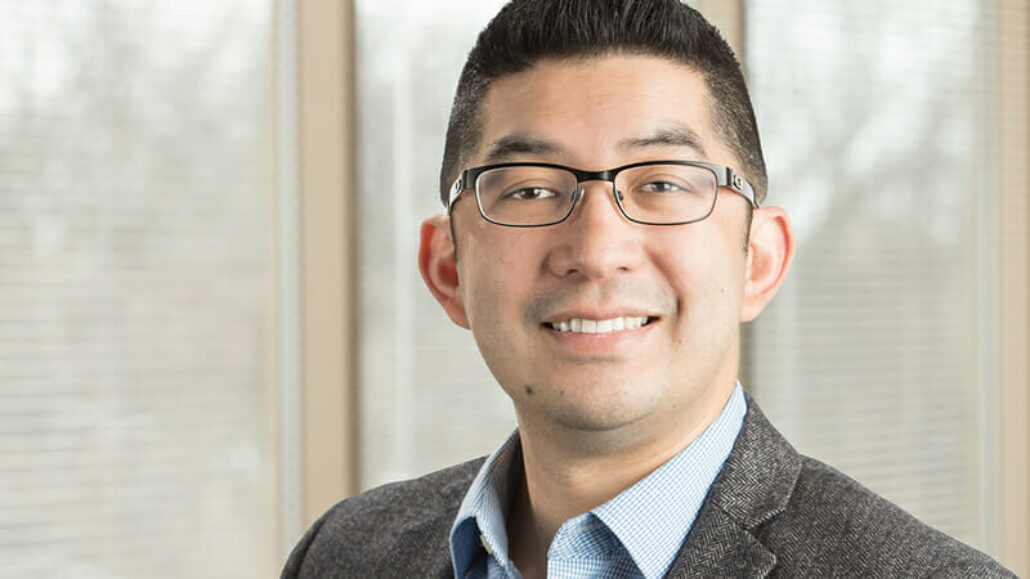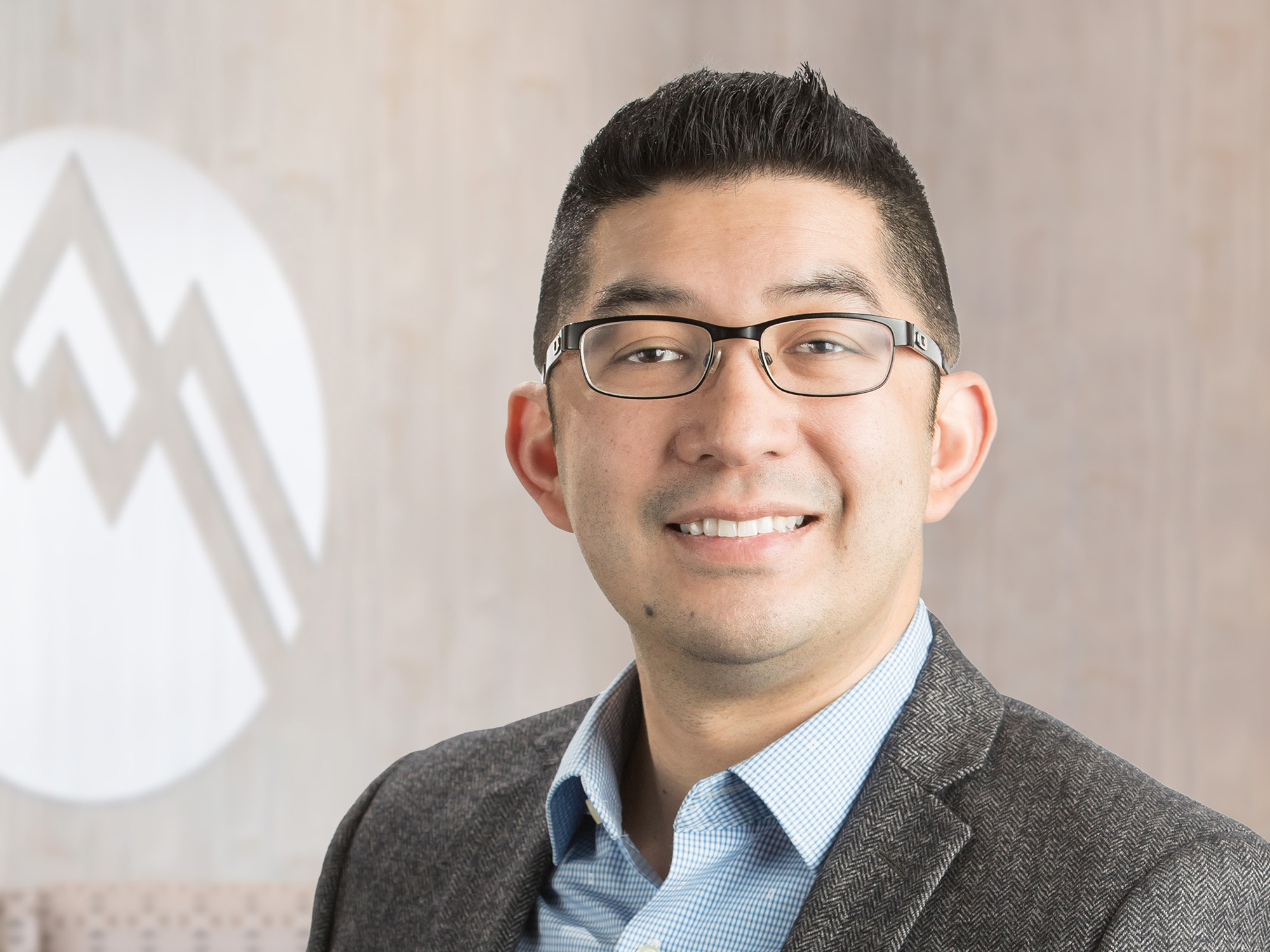Dr. Santos explains his personalized approach to diagnosing and treating back pain.
Dr. Jose Santos had his first brush with his medicine calling as a child. Severe asthma attacks sent him to his doctor regularly for asthma shots. “My doctor used me as a role model for the other kids because I didn’t cry when I got my shots,” he remembers, laughing. “I was waiting for the lollipop afterward. That’s when I knew then that I wanted to be a doctor when I grew up.”
With a premed specialization in physical therapy, Dr. Santos completed medical school and began his medical practice in Kansas City. “At the time,” he remembers, “Kansas City was the meth capital of the world. Patients with pain were given unlimited pain medications. I saw firsthand how overmedicated patients actually got worse, battled addiction and dependence, and suffered broken families, and knew we could do better. As a result, I turned my focus to pain medicine. I studied physical medicine and rehabilitation in Miami, followed by a fellowship at the University of Washington, Seattle.”
Dr. Santos emphasizes diagnostics
“In my practice, I concentrate on spine pain,” states Dr. Santos. “The patients I see have back pain or pain anywhere near the spine, including the neck, mid-back, or lower back. I also see patients experiencing radiating pain: pain that is shooting down a leg or arm. Finally, I treat acute pain caused by damaged nerves such as CRPS, rib pain, and spine joint pains.
“Diagnosis and the treatment of spine pain is my primary focus,” he explains. “Some physicians concentrate on the treatment aspect of spine pain, but I try to be as specific as possible in my diagnosis. That’s because I think an accurate diagnosis is critical to a good outcome. In our healthcare system, it’s easy to misdiagnose people with spine pain. Clinics don’t always allow doctors to take the time to evaluate each and every patient in the traditional way. To do a good diagnosis, you have to sit down and spend time with your patient, getting to know them, listening, and asking questions. The diagnostic process is really important to me.”
A multidisciplinary focus on pain treatment
“I believe in taking a multidisciplinary approach to pain treatment,” explains Dr. Santos. “That means utilizing multiple therapies. Injections are one option, but I also consider medications including nerve medications and muscle relaxants. In addition, I’m a big believer in physical therapy, mindfulness, and thinking out of the box. At times, serving my patients means stepping back and reviewing a case as a whole. I evaluate the therapies that my patient has already tried: what has worked and what hasn’t? Everyone is unique; that means I need to understand your lifestyle. What are the things you do? Which of those things either relieve or accentuate pain? Are you dealing with stresses that aggravate pain? Successful treatment means looking at each patient as a whole person.”
The role of physical therapy in pain treatment
“My educational background includes physical therapy,” notes Dr. Santos. “It has great value in treating back pain, but not all physical therapists are trained in the specific needs of orthopedic patients. One of the advantages Summit offers is a terrific group of therapists who are engaged and trained to work with pain patients. They understand that pain is unique to each patient. Some people have more pain when they bend forward, others when they bend backward. The job of the physical therapist is to work with patients to find their area of comfort and then use exercises and movements that address the specific motions with which patients have difficulty. It is an approach that is tailored to each patient’s needs.”
But Dr. Santos notes that the responsibility for successful rehabilitation is shared by therapist and patient. “In fact,” he says, “I tell my patients that their rehabilitation does not begin or end with physical therapy. Recovery is a lifestyle choice that you have to continue beyond your physical therapy sessions. Some patients continue exercises and activities on their own. Others choose to train with one of Summit’s performance specialists after they have completed their insurance-allotted physical therapy. The path doesn’t matter so much as the patient’s commitment to maintain healthy practices.”
Dr. Santos describes the rewards of practicing medicine
“Look,” Dr. Santos says, “I want to see my patients get better. I’ll use all the tools I have to help them improve. From epidurals to branch blocks, ablation, and some PRP treatments, we offer comprehensive treatment options to support your journey to recovery. And I enjoy taking a small-town approach to my practice and my patients. I like getting to know patients personally—and I love it when I run into them in my neighborhood. There’s a sense of shared community in the Twin Cities that I find refreshing and gratifying.”
Summit Orthopedics offers comprehensive spine expertise
Our back specialists diagnose spine problems and design custom treatment plans built on a conservative, nonsurgical approach. Most patients find relief through treatments including guided injections, specialized physical therapy, biofeedback, exercise, activity modification, and medication. When conservative care does not relieve symptoms, our highly skilled surgeons offer proven, evidence-based surgical options. Together with you, we will determine the right course of action.
Start your journey to a healthy spine. Find your spine expert, request an appointment online, or call us at (651) 968–5201 to schedule a spine consultation.
Summit has convenient locations across the Minneapolis-St. Paul metro area, serving Minnesota and western Wisconsin. We have state-of-the-art centers for comprehensive orthopedic care in Eagan, MN, Plymouth, MN, Vadnais Heights, MN, and Woodbury, MN, as well as additional community clinics throughout the metro and southern Minnesota.
More resources for you
- Read about how muscle injury causes neck and back pain

